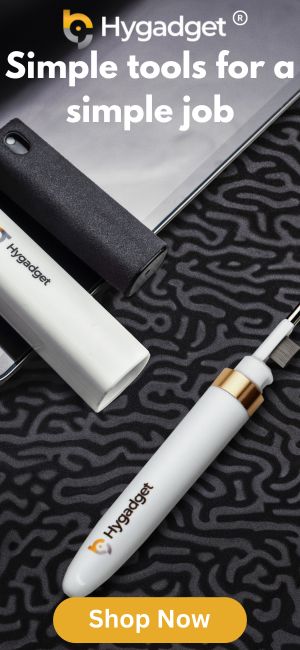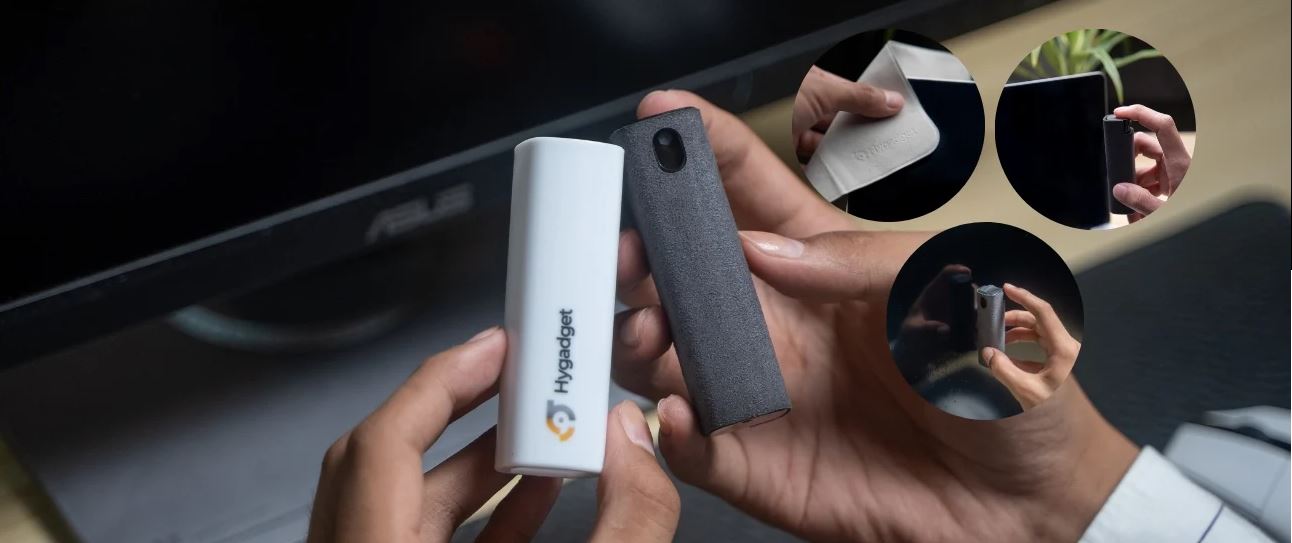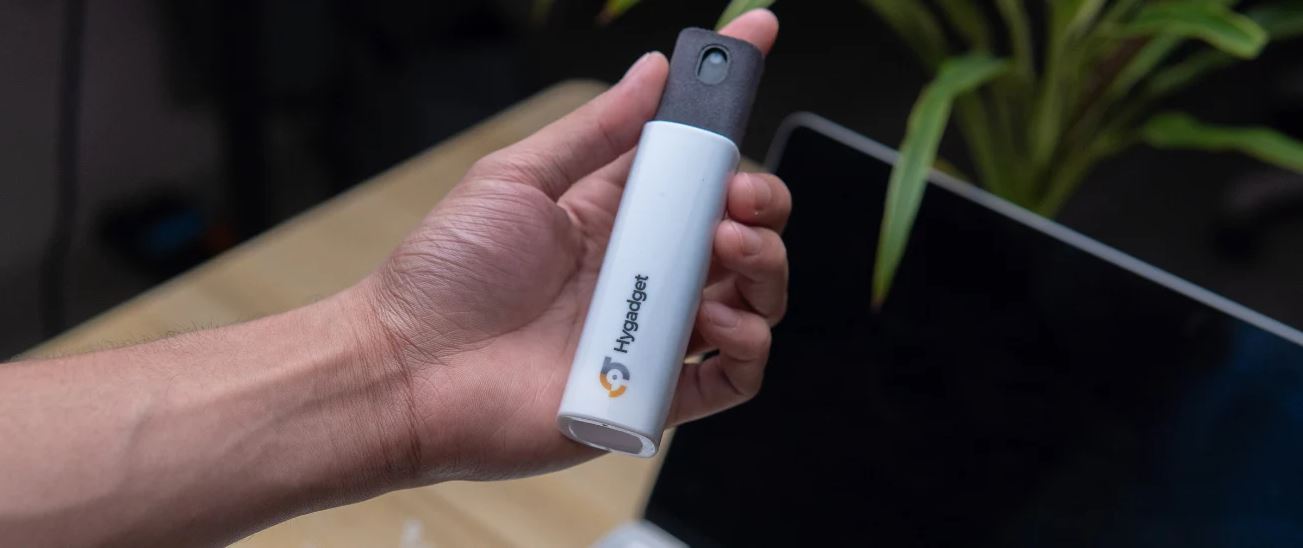In our digital age, dirt builds up from your computer screen and tablets to smartphones and TV screen. Maintaining cleanliness on these screens isn't just about enhancing visibility but also about extending the lifespan of our devices. While commercial screen cleaners are readily available, many of them contain harsh chemicals that can diminish the protective coatings on the screen display and also may not be great for our health. That's where Do It Yourself (DIY) screen cleaners come in as a safe, effective, and economical alternative.
In this guide, we'll give you a recommended DIY recipe using ingredients that you can find mostly in your household to give your digital displays a gentle but effective cleanse.
DIY solution Ingredients
-
Distilled Water: This will be the base of your cleaner, distilled water is free from minerals and contaminants found in tap water that can leave residues or damage the screen's protective coating.
-
Isopropyl Alcohol: This will be the key ingredient for its disinfecting properties. However, you want to make sure it's diluted properly in this case we'll use 20% to ensure it's gentle enough not to harm coatings but also be effective in removing grease and killing germs.
-
Aloe Vera Gel: This will be the 2nd key ingredient used at 20% to reduce germ build-up due to its natural antibacterial qualities. This will be the finishing ingredient to make the cleaning solution very gentle and unlikely to cause any harm to the user or your device.
Supplies
-
2 Oz Spray Bottle (You can opt for a larger bottle if you like)
-
Microfiber Cloth (If you don't this you use a soft lint-free cloth)
Instruction
Follow these steps to create and use your DIY screen cleaner effectively:
-
Mix the Solution
In a clean spray bottle, combine 60% distilled water, 20% isopropyl alcohol, and 20% aloe Vera gel. Make sure you shake and mix well before use for even distribution especially because aloe vera gel can be a bit thick. -
Apply the Cleaner
Use the spray bottle to spray a small amount of the cleaning solution onto a microfiber cloth or if you don't have one try to find a soft cloth that is lint-free. Do not spray directly onto the screen as this can risk liquid seeping into the edges or openings of the device potentially damaging it. -
Wipe the Screen
Using the dampened microfiber cloth or soft lint-free cloth start wiping from the center and move outward. This technique will help to avoid streaking and to clean it evenly. -
Dry the Screen
Finally, use the dry section of your cloth to pat down with minimal pressure to get rid of any streaks or residues that remain.
The HyScreen Kit: A Ready-Made Solution

If you're looking for a hassle-free way to clean your computer screen or other digital displays without the effort of mixing your own solution, consider our very own HyScreen Kit. The kit is designed for those who prefer a ready-to-use product that combines effectiveness with convenience.
Each spray bottle comes with a cleaning solution that is made up of distilled water and natural plant-derived surfactants to effectively remove dirt, oils, and smudges without harming your screen's sensitive surfaces. It also comes with a complimentary polishing cloth to keep your screens looking sparkling new.
Benefits of DIY Screen Cleaning
DIY screen cleaning is cost-effective, environmentally friendly, and allows for customizable, effective cleaning solutions that are not only safe for your device but also safe for your health especially if you're allergic to certain substances that commercial products may contain.
Precautionary Measures for Safe Cleaning
Here are some extra precautionary measures that you should also consider before making or using a DIY screen cleaner on your actual screen.
Check Compatibility
Before using any new cleaning solution, try testing it on a small area to ensure it does not damage the screen or remove any of its coatings. Also, power on your device to check if the pixels are displaying correctly after applying in that area.
Follow Device Guidelines
Always consult your device's manufacturer guidelines for cleaning recommendations to avoid using materials or chemicals that may void warranties or damage the device.







